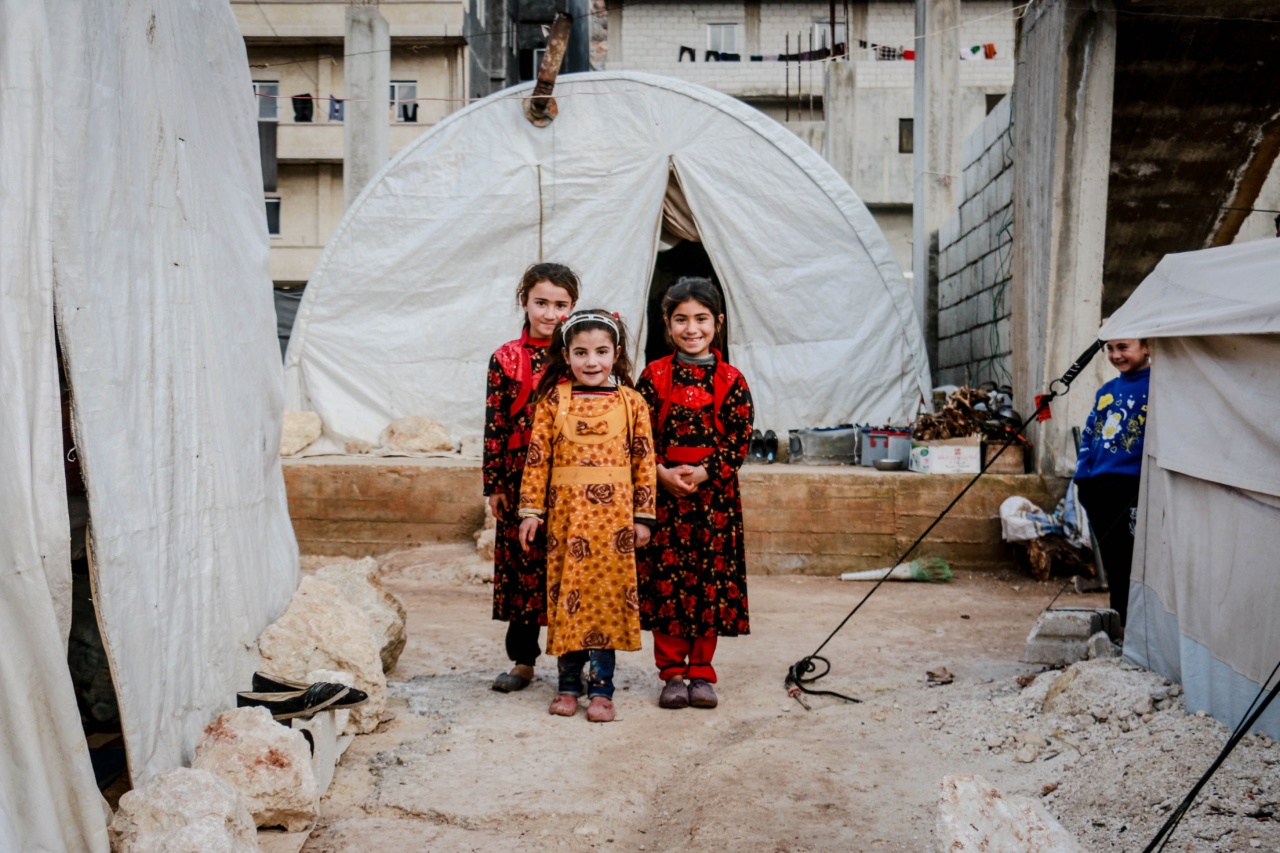Anaphylaxis is a severe allergic reaction that can be life-threatening. It can affect anyone, but it is more common in children. It occurs when the immune system overreacts to an allergen, which can be anything from food to insect bites.
The body releases chemicals, such as histamine, which cause inflammation and can lead to shock and organ failure.
Common Causes of Anaphylaxis in Kids
There are many things that can trigger anaphylaxis in children, but some are more common than others. Here are some of the most common causes:.
Food Allergies
Food allergies are one of the most common causes of anaphylaxis in kids. The most common food allergens are peanuts, tree nuts, milk, eggs, soy, wheat, fish, and shellfish.
Even a tiny amount of the allergen can trigger a reaction, which can be life-threatening. It is important to avoid the allergen altogether and carry an epinephrine auto-injector in case of an emergency.
Insect Bites and Stings
Some children can have severe allergic reactions to insect bites and stings, such as those from bees, wasps, hornets, and fire ants. The reaction can range from a mild swelling to anaphylaxis.
It is important to avoid insect nests and use insect repellents when going outdoors.
Medications
Sometimes, medications can trigger anaphylaxis in kids. Antibiotics, non-steroidal anti-inflammatory drugs (NSAIDs), and certain vaccines are the most common culprits.
It is important to let your child’s healthcare provider know about any allergies before they prescribe any medication.
Latex
Some children can have an allergic reaction to latex, which is found in many products, such as balloons, gloves, and condoms. The reaction can range from a mild rash to anaphylaxis.
It is important to choose latex-free products if your child has a latex allergy.
Other Triggers
Other triggers of anaphylaxis in kids include exercise, environmental factors, and unknown causes. Exercise-induced anaphylaxis occurs when a child exercises after eating a specific food, such as wheat.
Environmental factors, such as heat and cold, can cause anaphylaxis in some kids. However, in some cases, the cause of anaphylaxis is unknown.
How to Prevent Anaphylaxis in Kids
Preventing anaphylaxis in kids involves identifying the allergen and avoiding it. Here are some tips:.
- Identify any food or other allergens that trigger anaphylaxis in your child.
- Read food labels carefully and avoid foods that contain the allergen.
- Carry an epinephrine auto-injector with you at all times, and make sure that your child’s school or daycare has one too.
- Teach your child how to avoid the allergen and recognize the signs of an anaphylactic reaction.
- Avoid insect nests and use insect repellent when going outdoors.
- Choose latex-free products if your child has a latex allergy.
- Let your child’s healthcare provider know about any allergies before they prescribe any medication.
What to Do in Case of Anaphylaxis
If your child experiences anaphylaxis, it is important to act quickly. Here are some steps to take:.
- Administer the epinephrine auto-injector if you have one.
- Call 911 or go to the emergency room immediately.
- Stay with your child and keep them calm.
- Wait for the emergency responders to arrive.
Conclusion
Anaphylaxis in kids can be scary, but there are ways to prevent it and treat it. By identifying the allergen, avoiding it, and acting quickly in case of a reaction, you can help keep your child safe.
Talk to your child’s healthcare provider if you have any concerns about anaphylaxis or allergies.






























